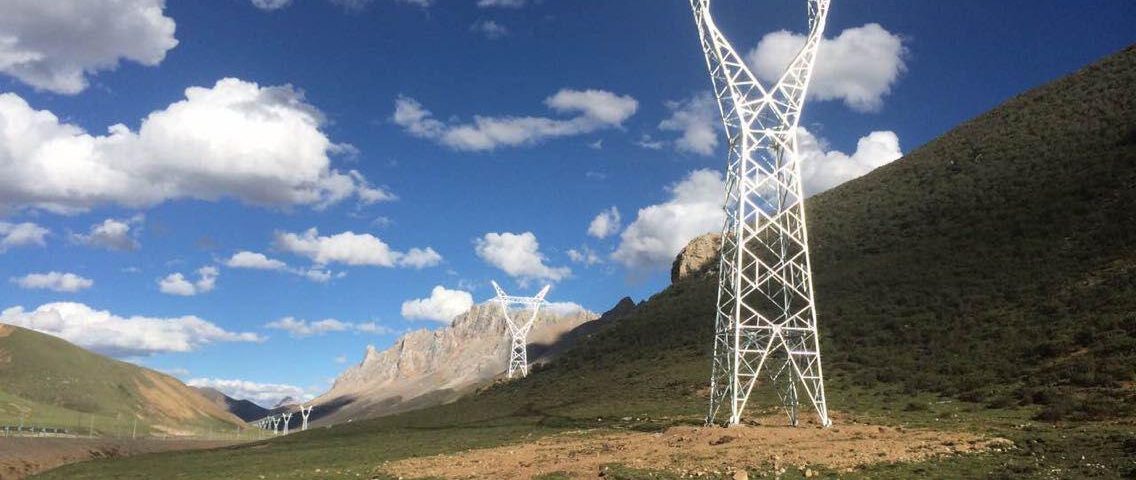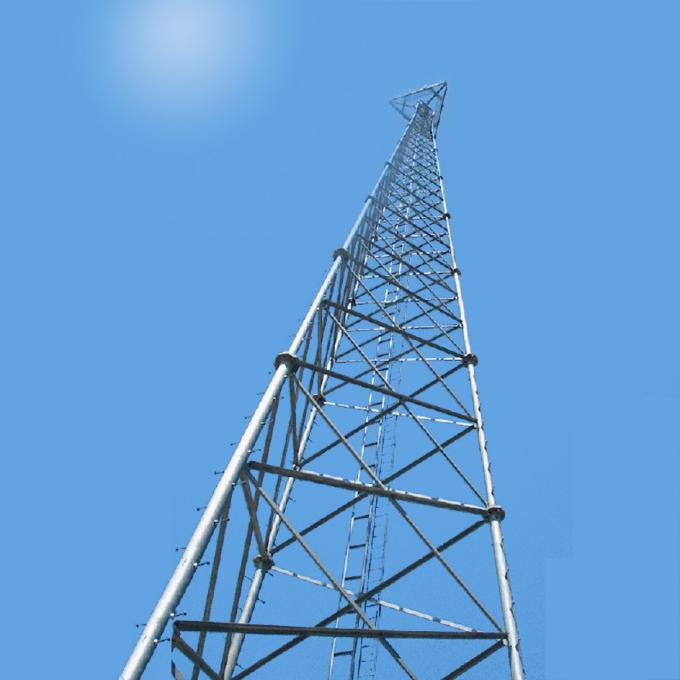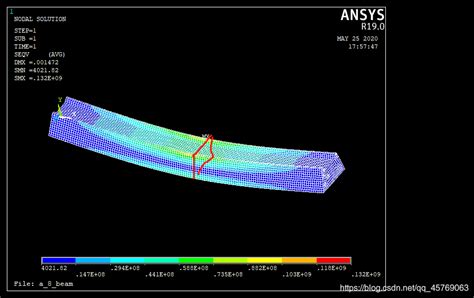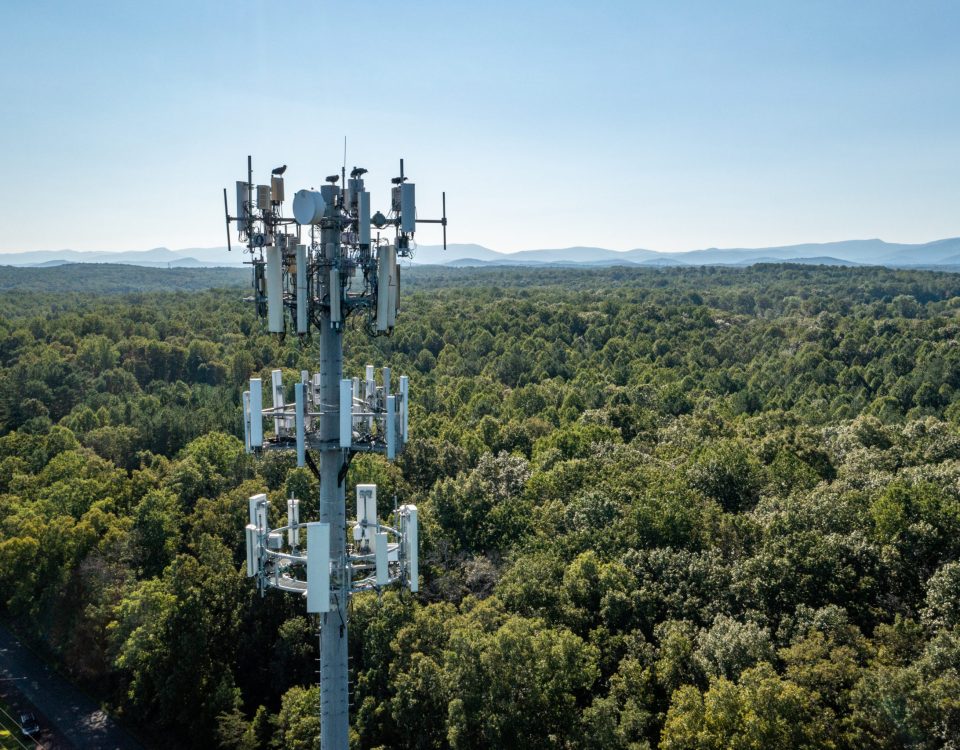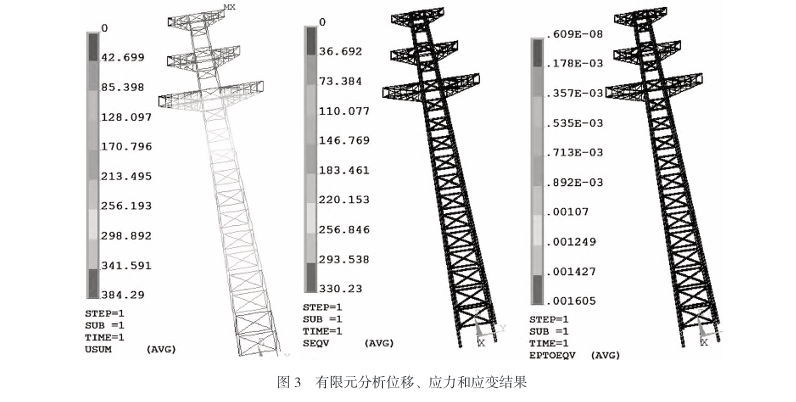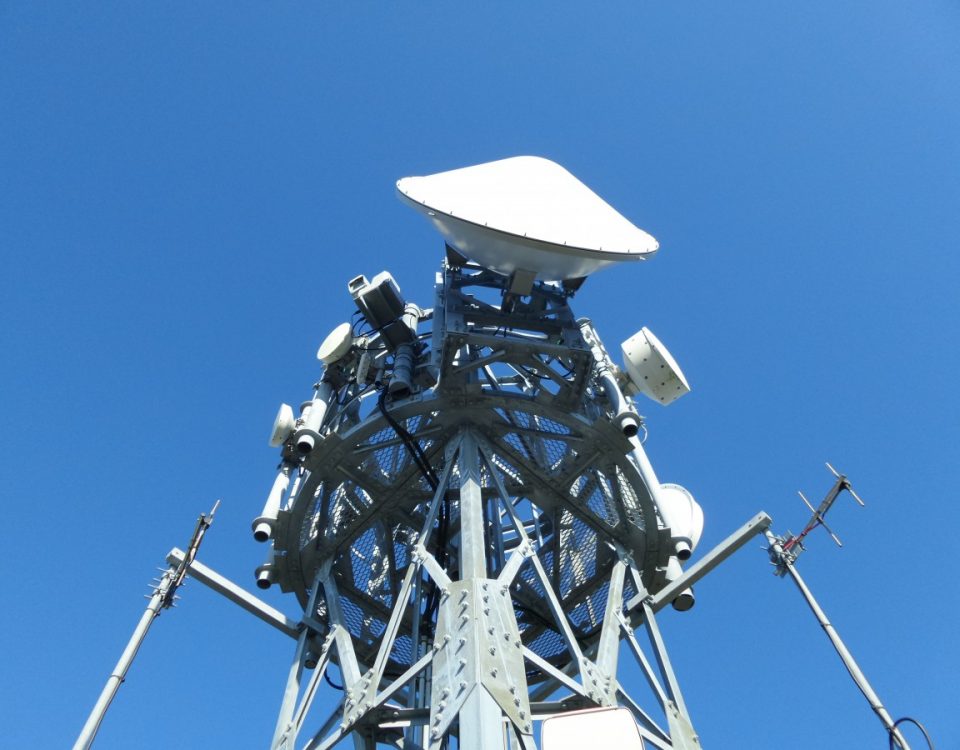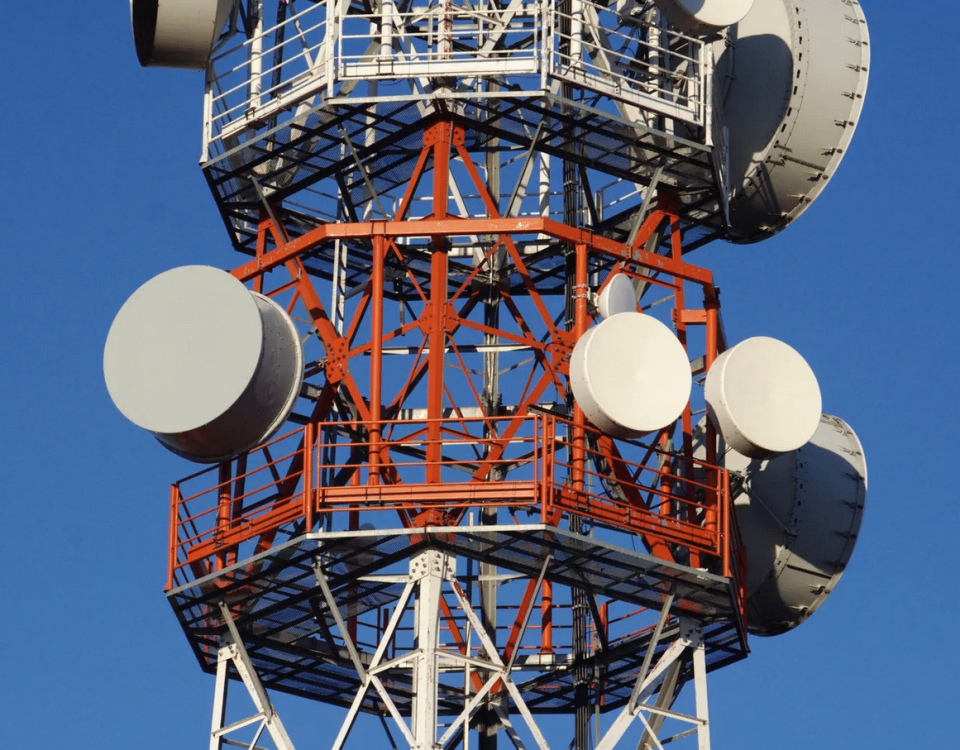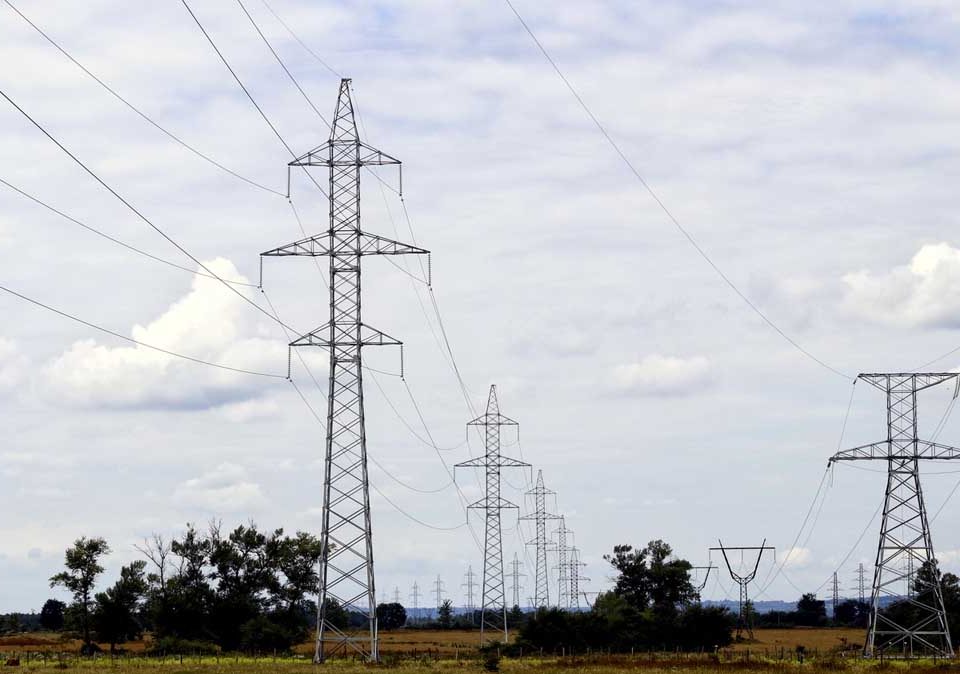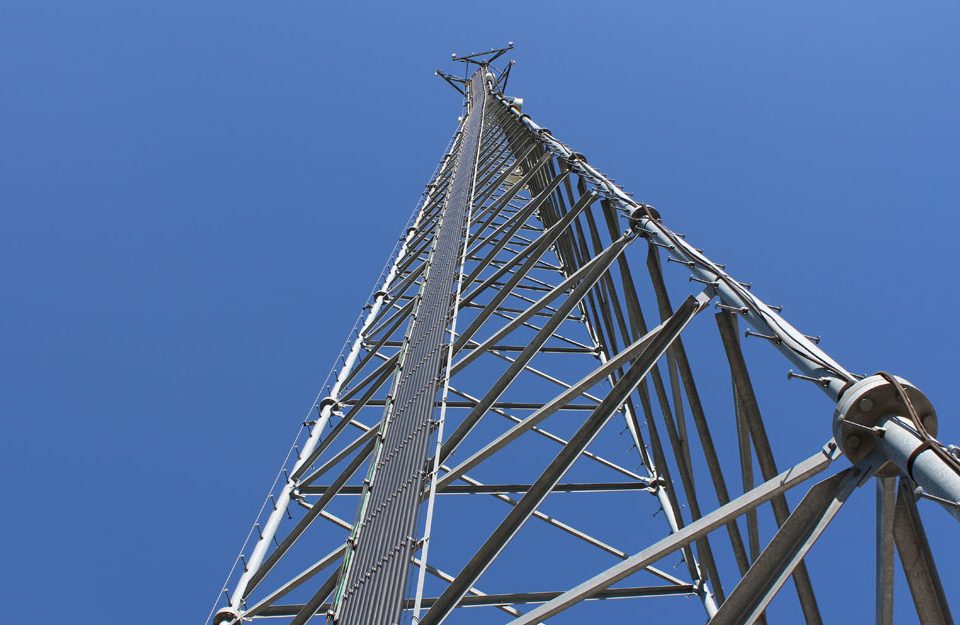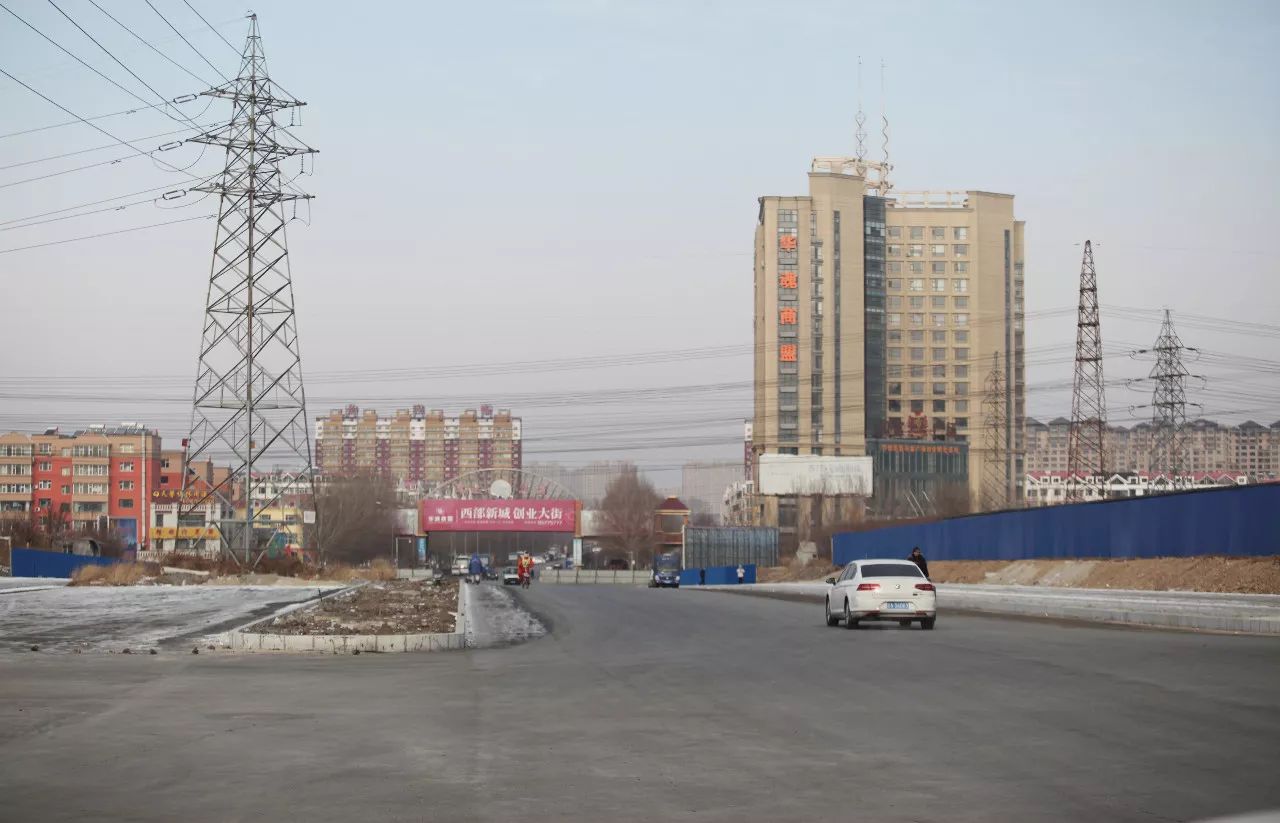
Self-Supporting Steel Lattice Tower Sizing of Tower Members & Conductor Spacing and Clearances
April 1, 2018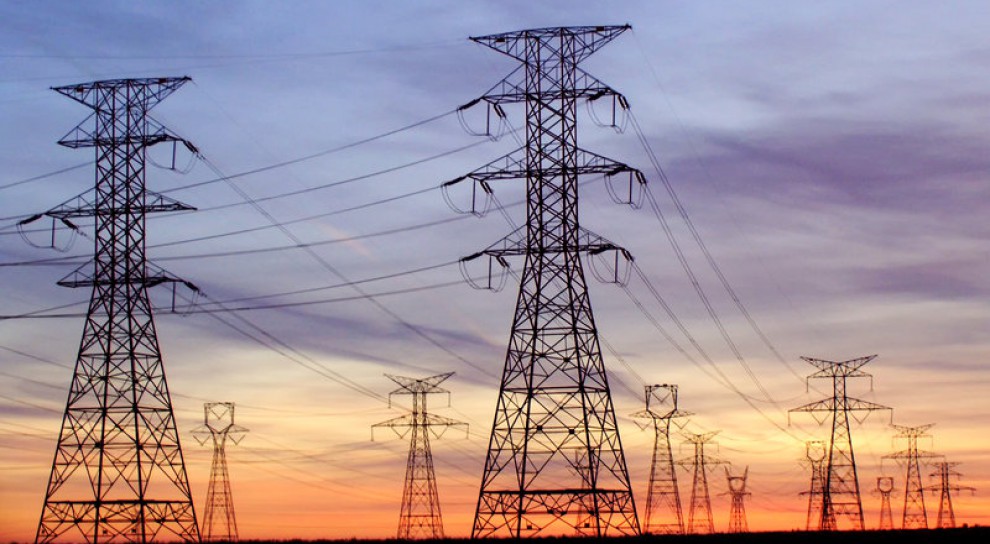
How To Choosing The Right Transmission Line steel tower For You ?
April 1, 2018What are the types of High-Voltage Transmission Line ?
The so-called High Voltage Transmission Line is a tower-shaped steel structure built with steel profiles for erecting high-voltage transmission lines.
High-Voltage Transmission Line:Best solutions for efficient electricity transmission
The constantly growing need for power for both industrial and residential consumers, the integration of renewables, and the increasing development of megacities all require power networks to undergo further expansion. The decoupling of generation and consumption is making it increasingly complicated to guarantee secure and stable electricity transmission in a way that is environmentally friendly and acceptable to society.
Tower Base types are:
(1) Fabricated Foundation
(2) Thin Shell Foundation
(3) Dig-type Foundation
(4) Penetrating Pile Foundation
(5) Rock {Anchor Pile} foundation
(6) Bursting Pile Type Foundation
(7) Hole pouring pile type Foundation
Tower assembly Method:
(1) upright holding rod overall Group
(2) Seat-leg-type holding the whole group
(3) burst down the shaft (4) crane, Tower crane Vertical bar
(5) Sliding lift method and pressure grouting vertical bar Method
(6) Ropeway Group Tower
(7) inverted-type holding-dry whole group
(8) Outer line holding Rod decomposition Group
(9) internal pull Rod decomposition Group
(10)) internal rocker arm holding Rod Group
(11) Concrete pole decomposition Group
(12)All-Flip Group Tower
(13) semi-flip Group tower
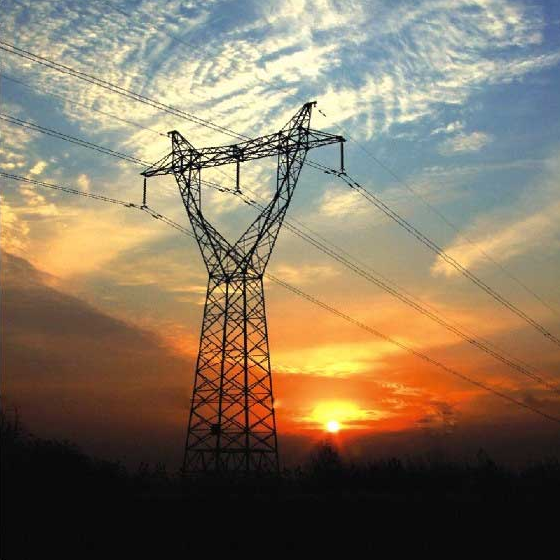
The towers are classified according to different classification methods:
1. Classified according to purpose: straight tower (Z), corner tower (J), straight corner tower (ZJ), transposition tower (H), terminal tower (D), Branch tower (F), crossing tower (K), etc.
2. Divided into two types according to structure: wine cup type (B), triangle type (J), dry type (G), upper type (S), bridge type (Q), wishbone type (C), and door type ( Me), harpoon type (Yu), drum type (Gu), V shape (V), normal umbrella type (Sz), inverted umbrella type (Sd), field type (T), clevis type (Y), Wang type (W) and so on.
3, divided into groups according to the way: pull-type (L) and self-standing (not shown).
4, divided by voltage level: 35,110,220,330,500,750 (kV) and so on.
5, according to the circuit loop is divided into: dual loop (S), single loop (not shown).
The transmission towers are divided into two categories according to wire segmentation and force: linear towers and tension towers. If they are refined, they can be divided into straight towers, tension towers (general), terminal towers and cable terminal towers; according to other What are the transposition towers, branch towers, large crossover towers, auxiliary towers, etc.
Related posts
The analysis of the bearing capacity of a power transmission line steel tower highlights the complexity and importance of structural and foundation design. By understanding the interplay of loads, material properties, and environmental factors, engineers can optimize tower performance and ensure reliability in power networks. Tables and case studies further illustrate best practices and design considerations.

